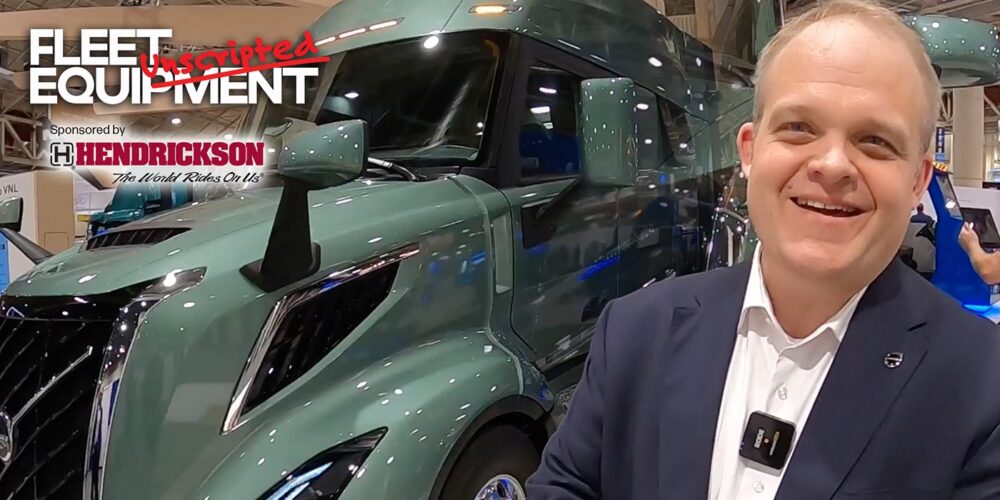You’ve heard it all before: Tires are the second-highest annual cost for the average fleet, only behind fuel, and a major component of that is tire pressure. But why is that? What can you do about it?
Click here to watch more of FE’s On the Road video series.
Here is a transcript of the video:
What is the best way for me to manage my tire pressure?
Proper measurement is key.
Some will tell you they can tell a tire’s pressure just by kicking it or thumping it with a bat. I’m not one to call out a phony, but… with the advancement in today’s radial casing, it is pretty much impossible to determine if a tire is properly inflated without using a pressure gauge.
Also, you’ll want to periodically calibrate your gauges using a master gauge. Over time, usage conditions can cause a pressure gauge to lose accuracy, even beyond the 2 PSI manufacturer’s tolerance range.
In addition to proper service practices, you can also make use of digital tire pressure solutions; namely, tire pressure monitoring systems, also known as TPMS, and automatic tire inflation systems, also known as ATIS. Which brings us to…
I’ve heard of TPMS and ATIS, but what’s the difference?
TPMS monitor tire inflation, alerting drivers and fleets if it becomes too low or too high, while ATIS take it a step further and inflate the tire automatically if needed, and are most frequently used on trailers.
Now today, roughly two-thirds of new trailers are now being equipped with ATIS, but ATIS has its limitations. It doesn’t necessarily indicate to the driver or the fleet if a leak has occurred. Meanwhile, TPMS can tell the driver if there is a leak, but it cannot address the leak like ATIS.
Therefore, there is a place for TPMS and ATIS and most likely they will both be a part of the solution for fleets going forward to improve safety and uptime for the fleet as well as improving fuel economy and tire life.
Why is tire pressure management so important?
A tire’s air pressure is so important, because just think of the heavy loads your trucks might be carrying. Most tire-related issues and roadside events come about as a result of mismanaged tire pressure, and these will be significantly reduced by maintaining proper tire pressure inspections and ultimately, downtime on the side of the road can be reduced.
Under-inflation is the No. 1 cause of premature tire removal. If the tire is 20% below the recommended pressure, it’s considered flat. It should then be removed and inspected for punctures or other damage. Failure to do so may lead to unwanted downtime.
On the other hand, over-inflated tires increases the likelihood of cuts, impact breaks, punctures and shock damage. Mismatched air pressure between dual tires is another issue to look out for, as this can be a cause of irregular wear.
Tires and wheels are the second-leading cause of vehicle-related out-of-service violations at roadside inspections, according to the Commercial Vehicle Safety Alliance’s annual International Roadcheck. Keeping those tires properly filled is one way your fleet can be predictive, rather than reactive, when it comes to service and maintenance.













